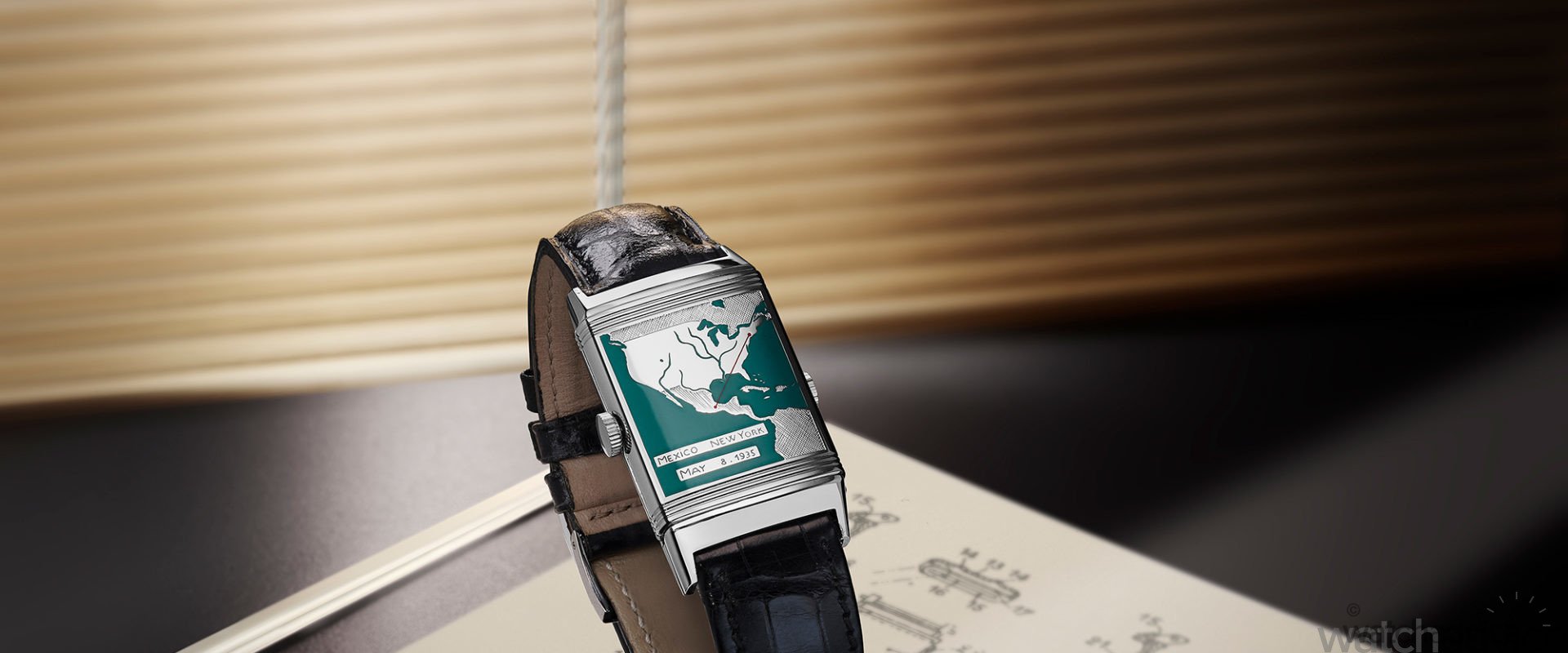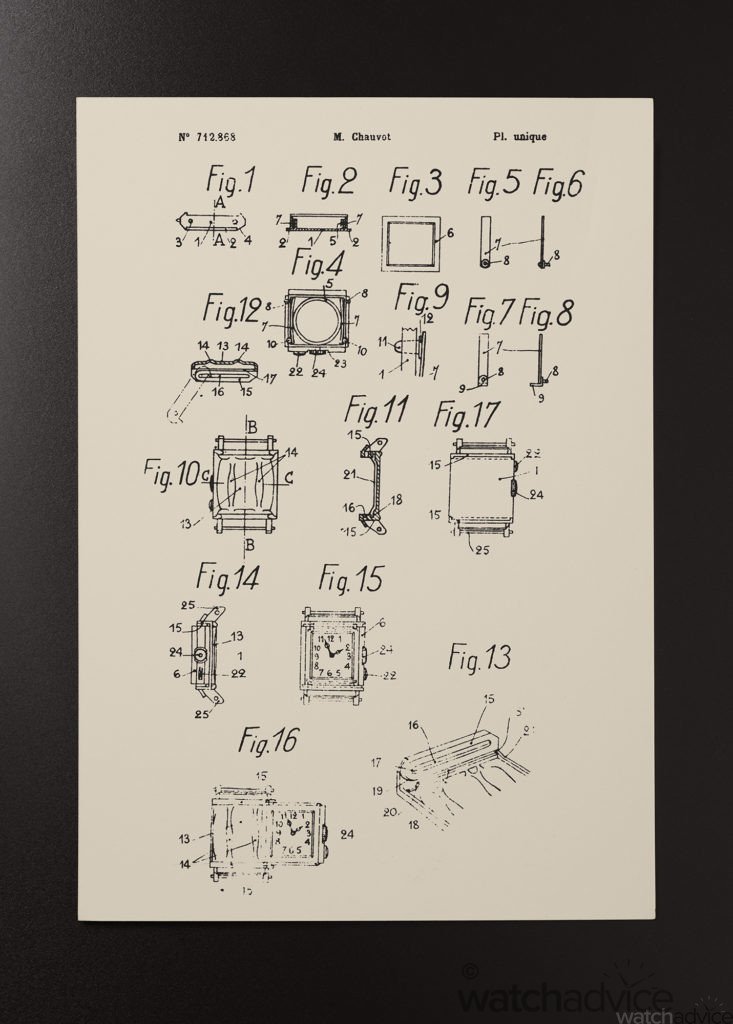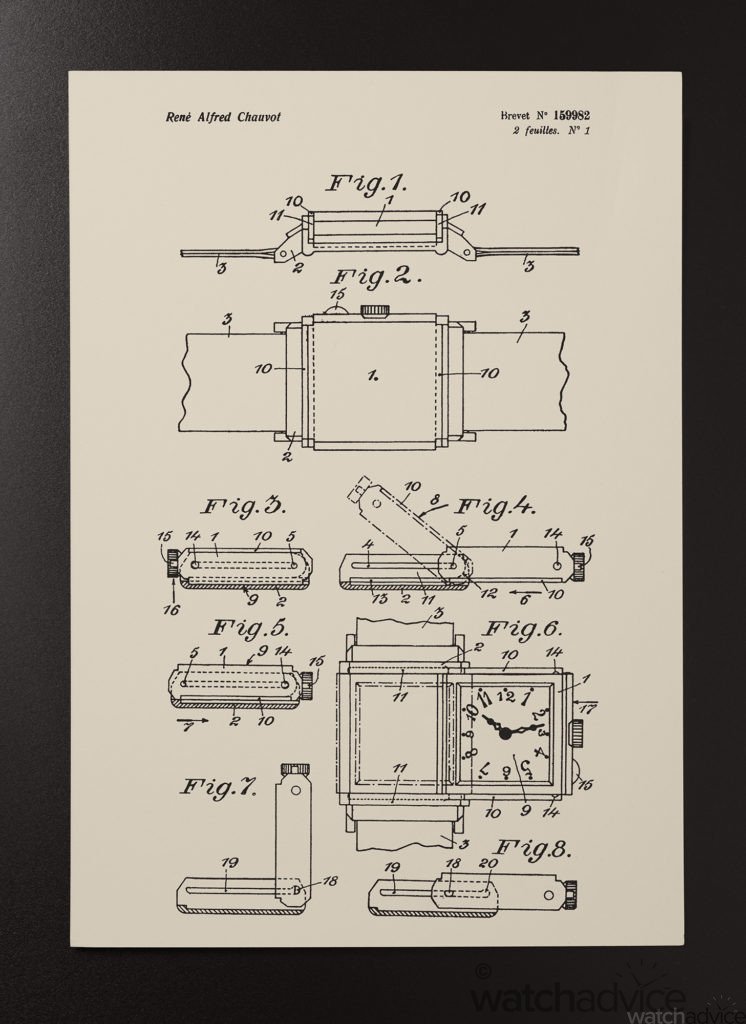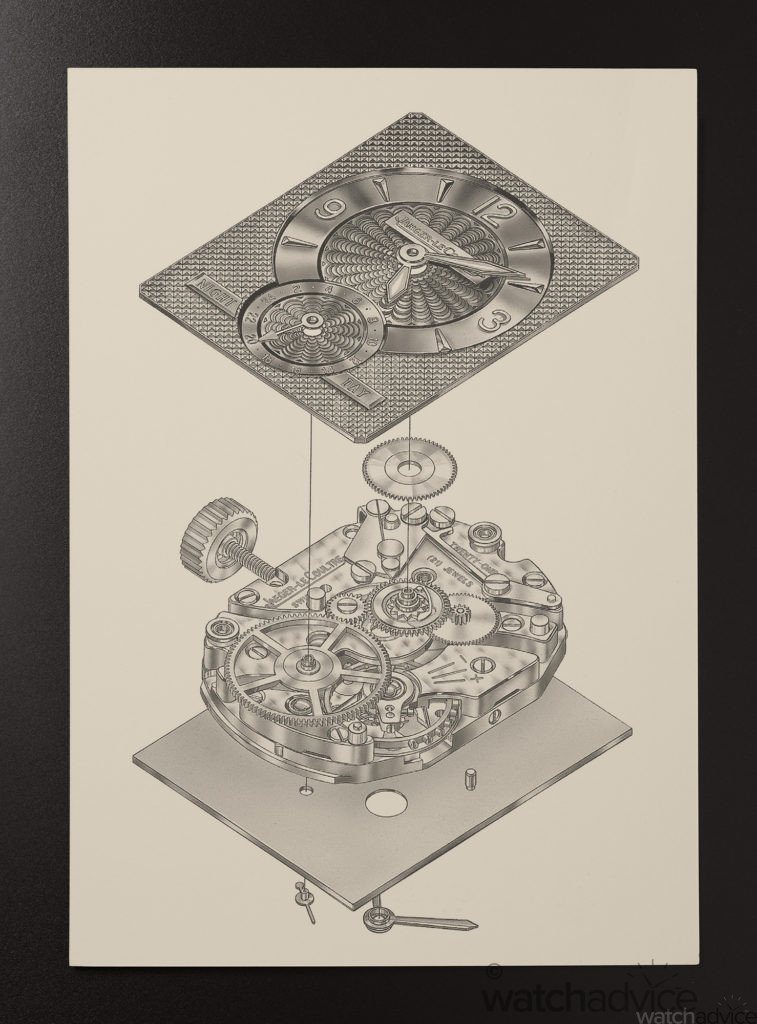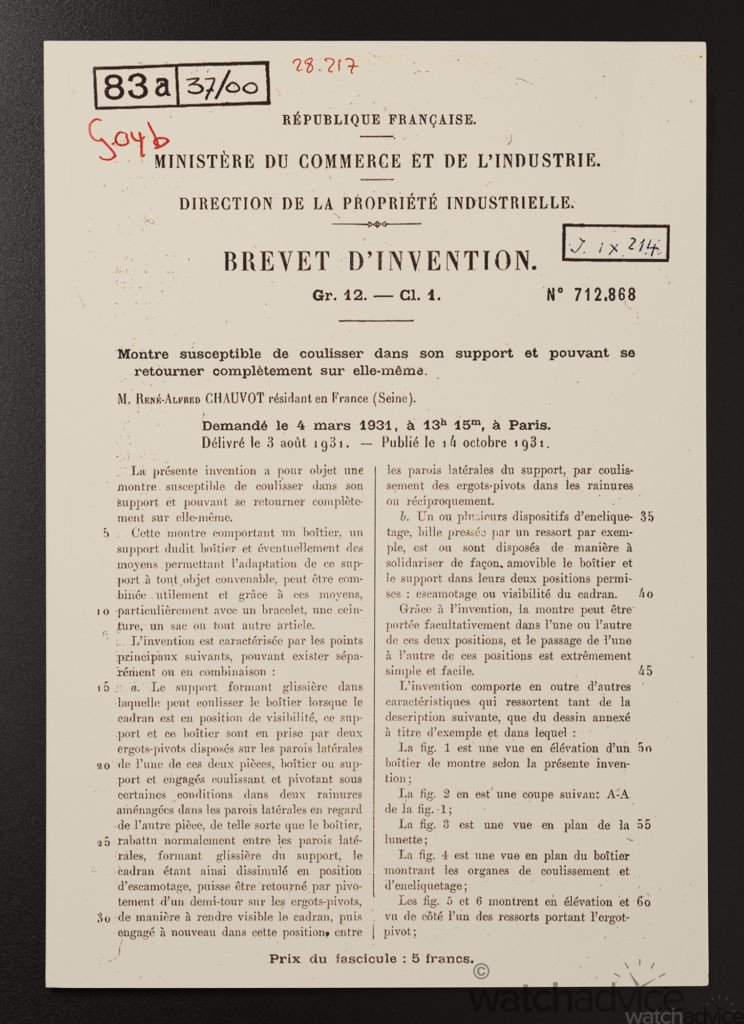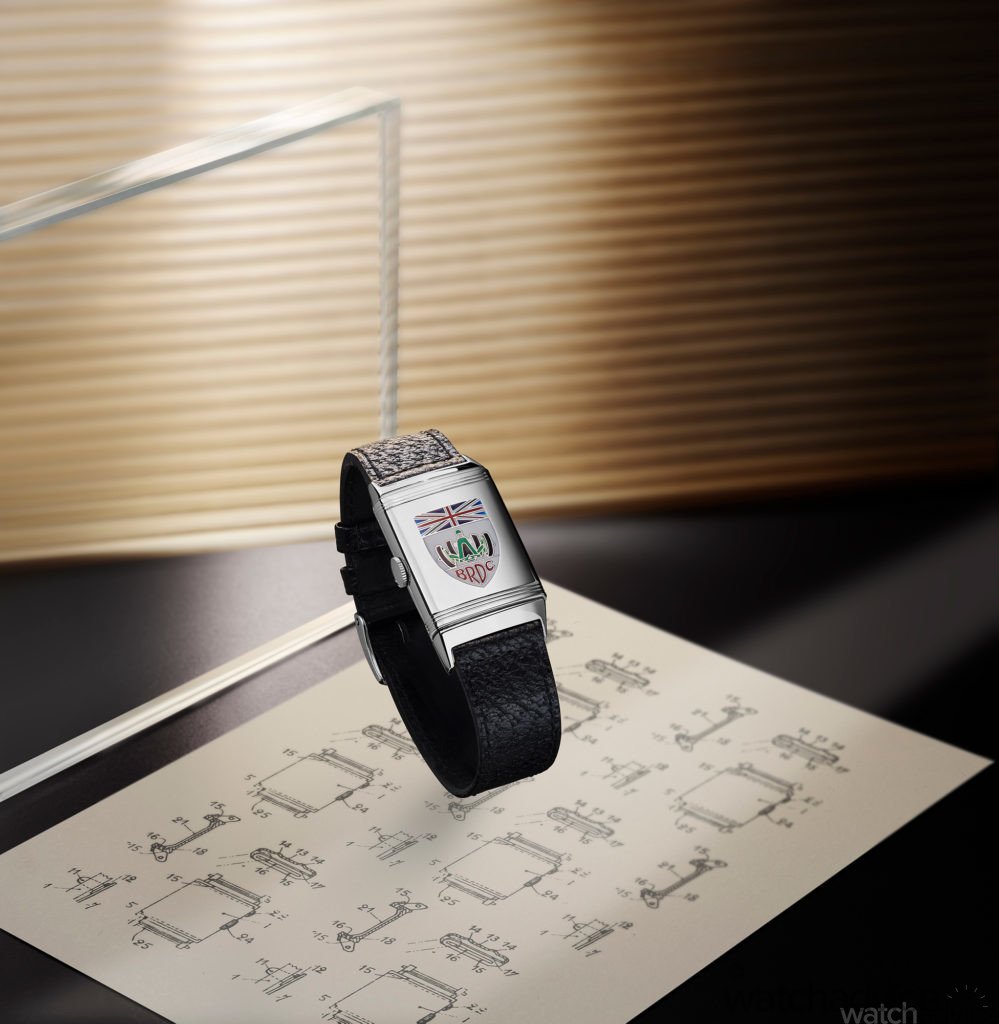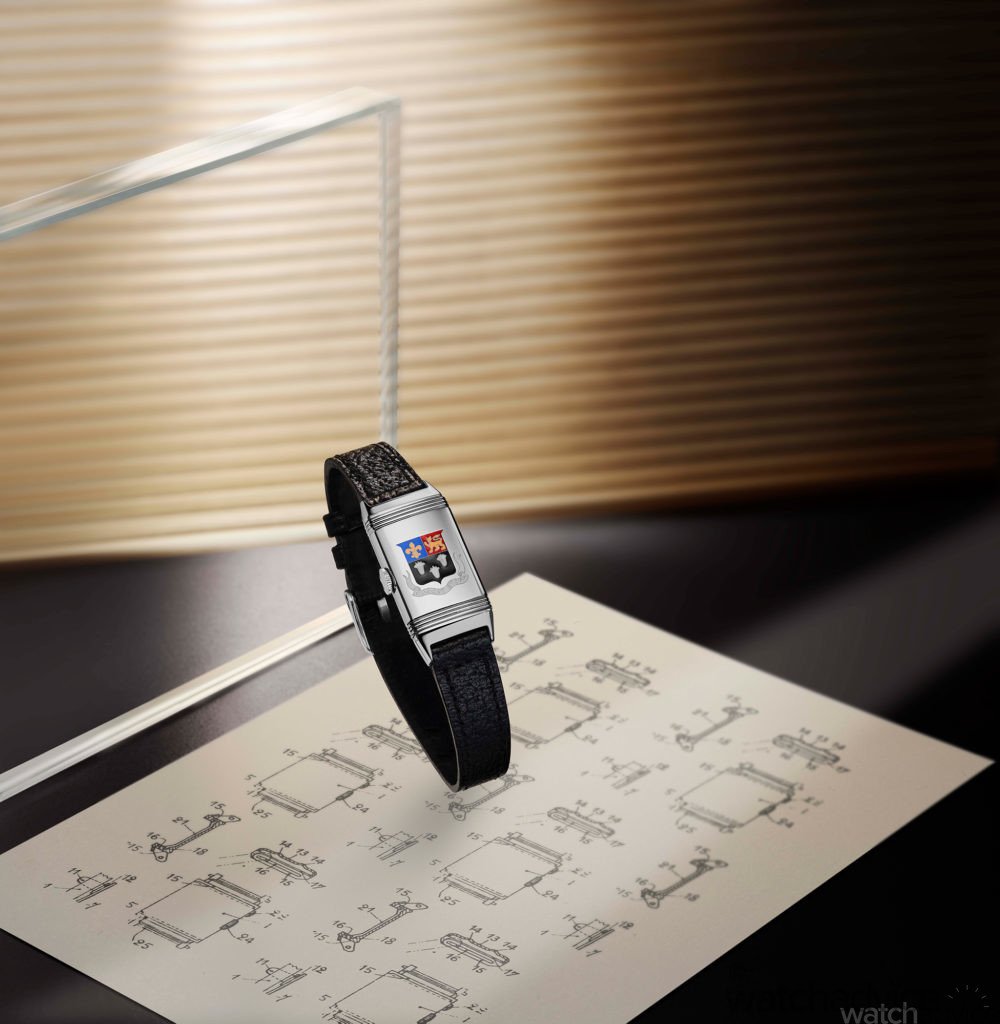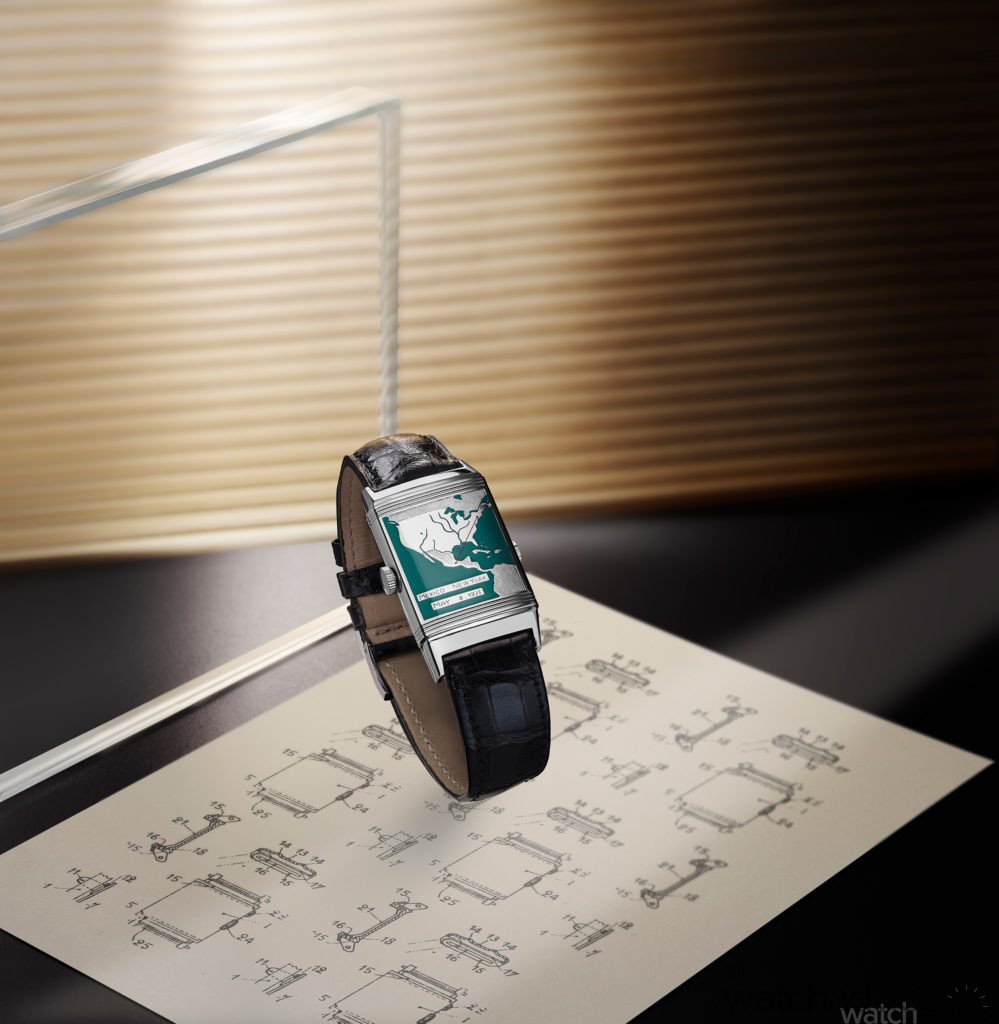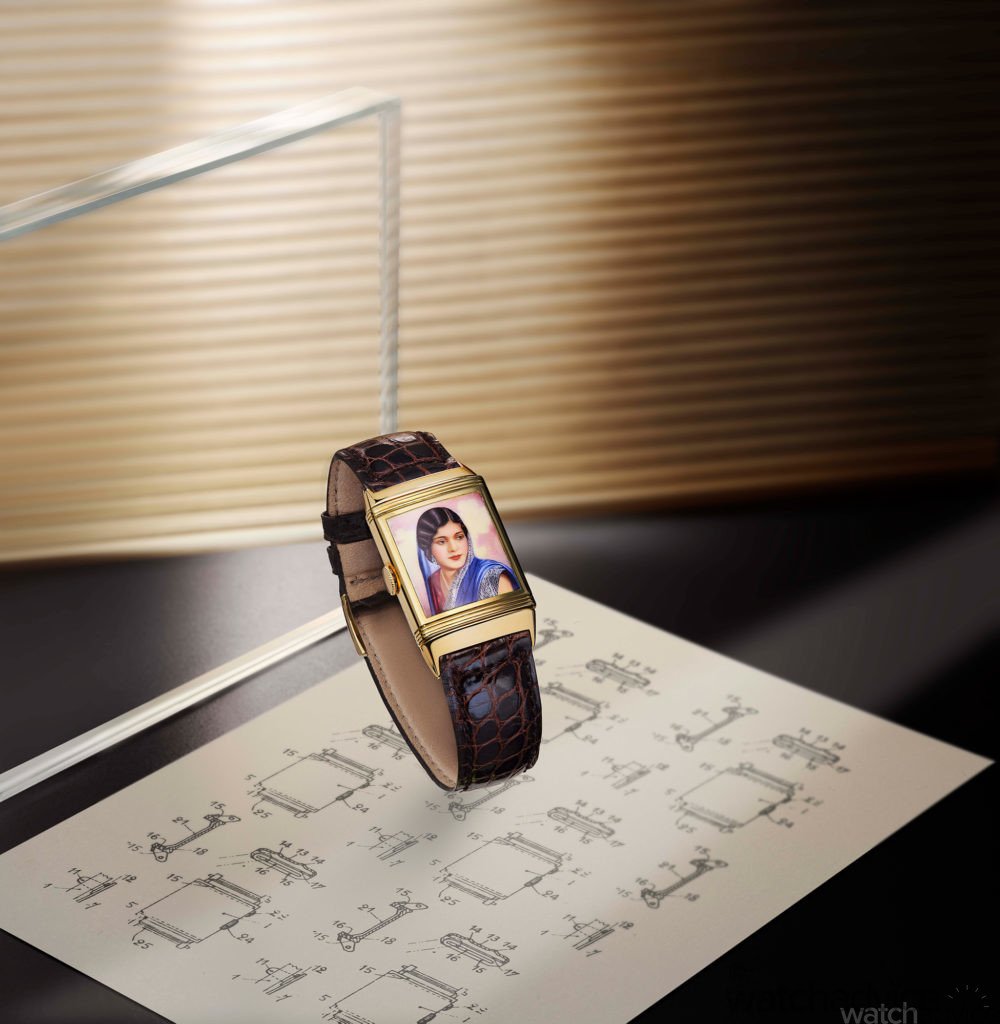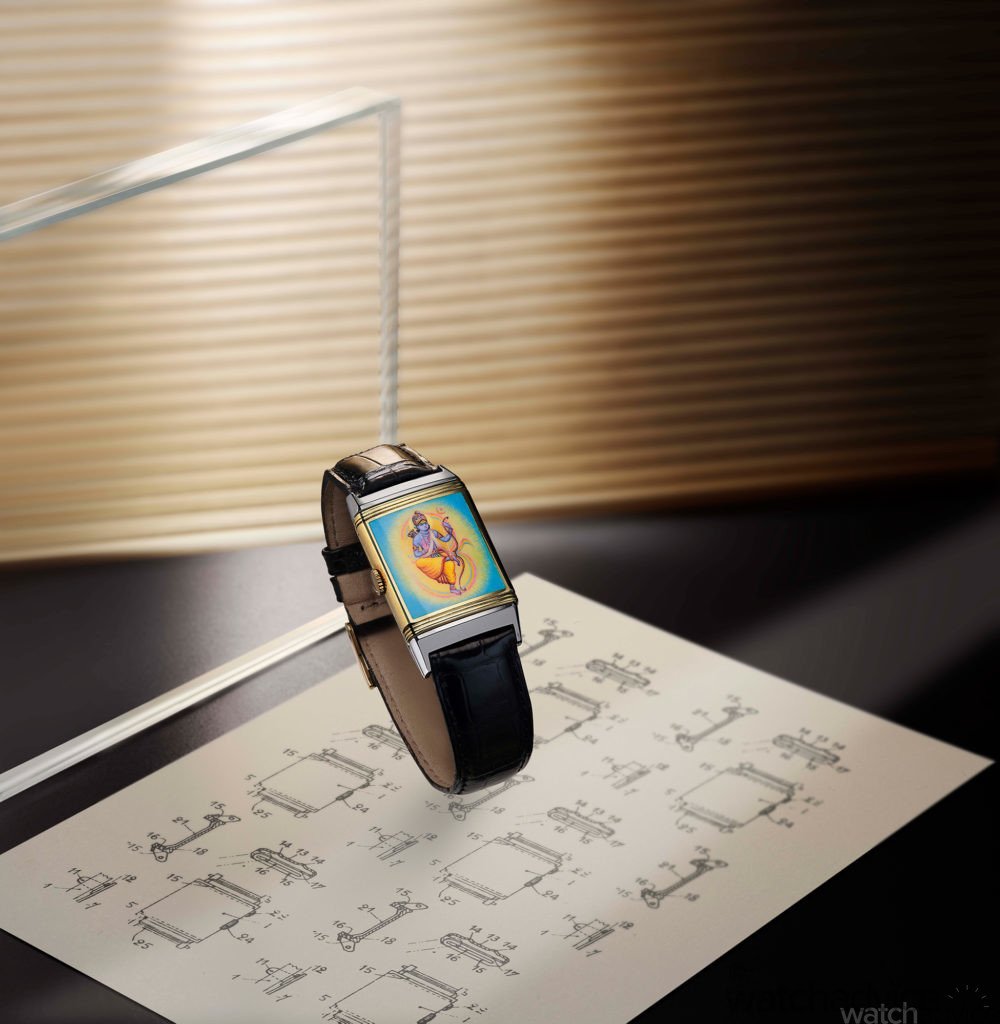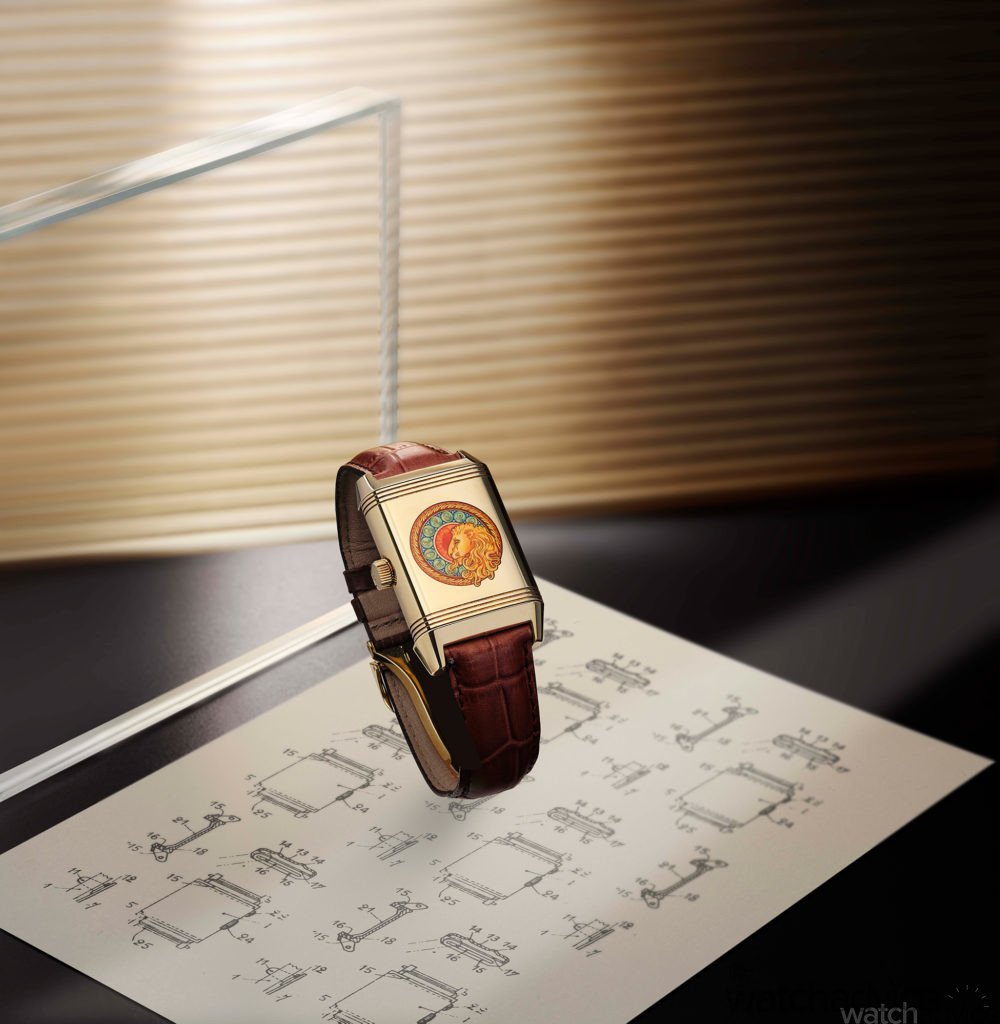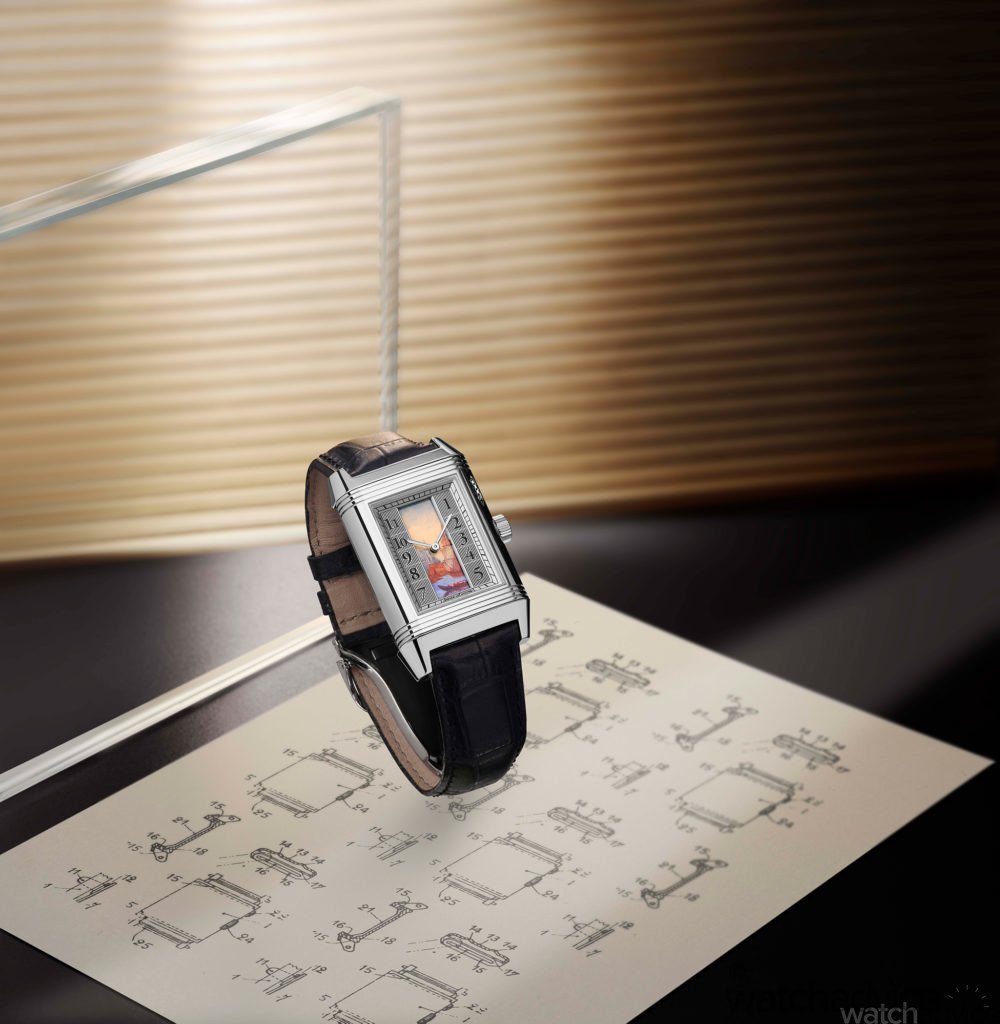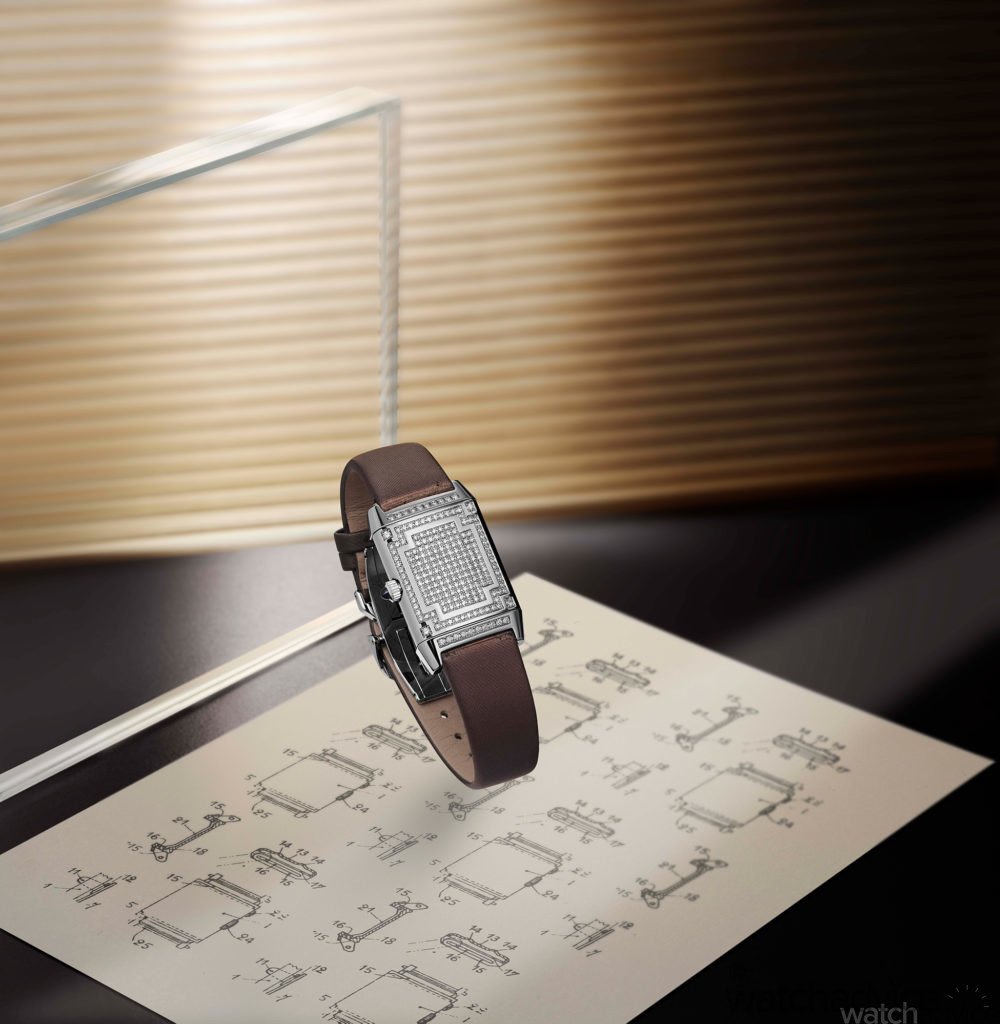The story of craftsmanship of the Jaeger-LeCoultre Reverso is rich in history and goes back to the 1930s. The Reverso was designed to purely have a functional solution to avoid damaging the dial, as the dial can be flipped over to reveal a blank metal side. This, however, worked in favour of Jaeger-LeCoultre as an unexpected benefit and would prove to be very useful in the long run.
The blank metal side would work as an ideal surface for personalisation such as monograms, emblems, and even personal messages that includes enamel, engravings, or lacquer. The beauty of this being that the owner now has the choice of showing the dial side or their custom design on the flip side.
In the Jaeger-LeCoultre museum, the 1930’s Reverso collection is presented, and among these models are several examples that show various decorations and emblems. Some of these models include the Reverso decorated with the emblem of the British Racing Drivers Club, another model with the Eton College coat of arms, a 1935 model that celebrates the record-setting flight from Mexico City to New York by the Aviator, Amelia Earhart. There are also beautiful miniature-painted portraits that the Maharajah of Karputala in India commissioned of his wife. 50 models with the case back having the artistic display were created, unfortunately, it’s believed that all these pieces were lost. However, in the Jaeger-LeCoultre museum, there is a similar Reverso in the 1930’s collection, with the portrait this time being that of Kanchan Prabha Devi, Maharani of Tripura State.
In the mid-20th century and onwards, the colourful artistry in these watches started to die out as changing tastes rejected the idea of ornamentation in all areas of design. This meant that the traditional forms of artistic work such as enamelling, miniature painting, and guilloche all slowly began to disappear. However, all was not lost. The rebirth of mechanical watchmaking in the 1990s also saw the revival of these classic forms of art.
The year 1996 saw Jaeger-LeCoultre release their first timepiece to be decorated with grand feu enamel. The enamel creations were crafted by Miklos Merczel, who is a former watchmaker that has established himself in Jaeger-LeCoultre Manufacture’s in-house enamelling studio. Miklos Merczel was able to reproduce the miniature artwork by the Art Nouveau master, Alphonse Mucha on four separate Revero timepieces. To this day, Jaeger-LeCoultre is one of the very few watch manufacturers that have their own in-house enamelling atelier.
This is what led to the creation of the Atelier des Métiers Rares® in 2016, a place where the Manufacture’s enamellers were joined by gem-setters, guillochage masters, and engravers. These artist’s true creative work really began once the full potential of the Reverso being used as a canvas for the creations became known. We can see this by the latest Reverso models with artistic expressions which leads to the belief that the creative possibilities from Atelier des Métiers Rares® have no limits.


